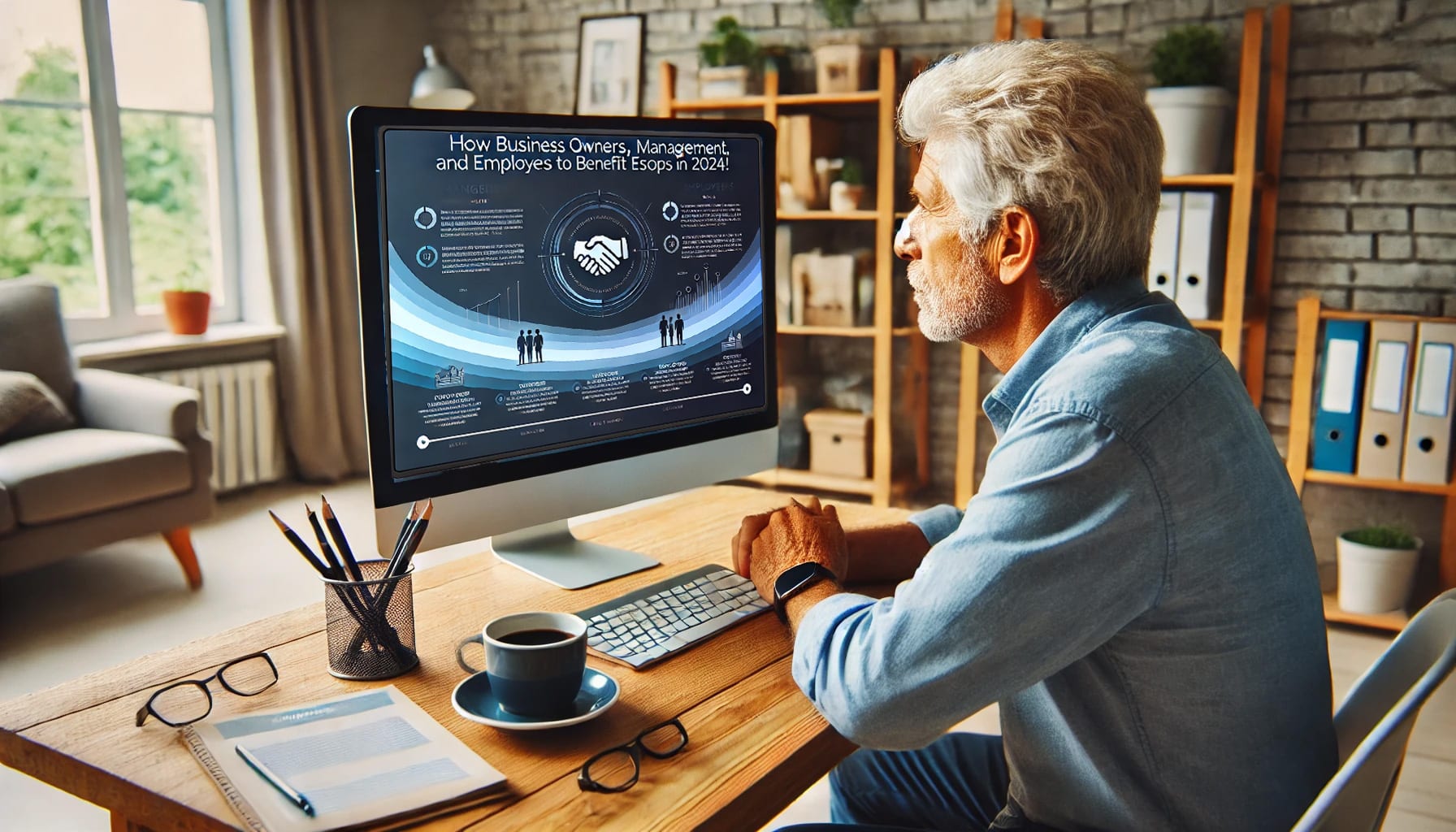On June 11, 2025, Oregon made history for employee ownership.
Governor Tina Kotek signed House Bill 3646 into law, creating a formal preference in public procurement for companies that are majority-owned by their employees—either directly or through an Employee Stock Ownership Plan (ESOP). Starting in 2026, Oregon state agencies will be able to give these businesses up to a 5% price preference in contract awards, leveling the playing field and accelerating a national movement.

What the Law Does
The new law amends Oregon’s public procurement code (ORS 279A.128) to include businesses in which employees own at least 50% of the company—directly or through a qualified ESOP—as eligible for preference in state contracts. These companies now stand alongside benefit corporations and in-state producers as preferred vendors when bidding on contracts for goods and services.
The preference applies even when the employee-owned company’s bid is up to 5% higher than competitors, and it increases to 10% for in-state production or services. That’s a real competitive edge for ESOPs, which have historically struggled to qualify for such preferences—even sometimes losing eligibility after converting to employee ownership.
This new legislation changes that.
Why It Matters
Oregon’s HB 3646, now officially Chapter 304 of the 2025 Oregon Laws, signals a sea change in how state governments can support inclusive capitalism and broad-based wealth creation.
ESOPs are more than a corporate structure—they’re a proven tool for:
Increasing employee engagement and retention
Sharing wealth with workers equitably
Keeping businesses rooted in local communities
Building retirement security without taxpayer cost
Oregon’s bill gives these companies a real shot at public contracts—removing barriers and sending a message: if you invest in your workers, the state wants to invest in you.
How It Happened
Sponsored by Representative Hoa Nguyen Tran and co-sponsored by a bipartisan mix of House and Senate leaders, HB 3646 made steady progress during Oregon’s 2025 Regular Session. The bill passed the House on April 21 by a 31-27 vote and the Senate on June 2 by a 19-10 vote—demonstrating growing cross-party recognition of employee ownership’s benefits. The law will take effect 91 days after the session’s adjournment.
The Bigger Picture
This is more than a procurement tweak. It’s a policy innovation that puts Oregon in the vanguard of state-level ESOP support. Similar bills are emerging in states like California, Colorado, and New York—but Oregon now sets the pace by enacting clear, implementable incentives.
It also dovetails with the growing national interest in succession planning solutions for small and mid-sized businesses. As the Baby Boomer generation retires, many business owners are looking for ways to sell without selling out. This law offers a practical, strategic reason to consider transitioning to employee ownership.
What’s Next
If you’re an ESOP company operating in Oregon, now is the time to get certified for bidding preferences. If you’re not yet an ESOP, this law might tip the scales.
Oregon just created a clear, tangible benefit to becoming employee-owned. More importantly, it made a statement: building a stronger economy starts by empowering the people who make it run.


 Phil DeDominicis is an ESOP strategist and M&A advisor who has guided 300+ companies through ESOP formations, financing, and transactions over 20+ years at Menke & Associates. He specializes in selling ESOP‑owned businesses to financial or strategic buyers and in helping ESOP companies acquire other businesses.
Phil DeDominicis is an ESOP strategist and M&A advisor who has guided 300+ companies through ESOP formations, financing, and transactions over 20+ years at Menke & Associates. He specializes in selling ESOP‑owned businesses to financial or strategic buyers and in helping ESOP companies acquire other businesses.




